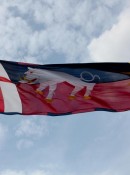Resources
Explore the life and legacy of Richard III with our introductory articles below. These focus upon the key themes and circumstances before, during and after Richard's reign.
Within each introduction are a number of further articles on other important aspects regarding that particular theme, plus an overview of the main sources that provide us with vital evidence.
Authority in the North
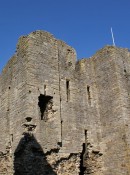
In the time Richard spent in the north during his youth, he forged some close connections with members of the northern elite. However, he still had a considerable amount of work to do to extend his authority and security in the north as he entered adulthood.
Conspicuous piety
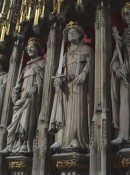
Medieval monarchs were eager to be seen as pious and Richard III was no exception. Public worship and the endowment of religious institutions were the key ways in which this royal piety was expressed.
Gifts and reward
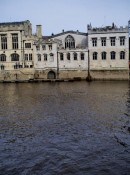
The relationship between a monarch and his cities was enacted through the giving of gifts. Citizens contributed money towards presents as a way of persuading a local lord to act in their favour, or in gratitude for doing so. As a key noble figure in the north during the 1470s and later as king, Richard received numerous gifts from the citizens of York.
Pageant and spectacle
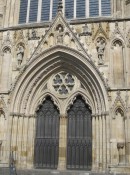
Richard spent three weeks in the city of York in August/September 1483 - a stay filled with welcoming speeches, pageants, gift-giving and feasting. The centrepiece of the royal visit was the investiture of his son as Prince of Wales, a lavish event that highlighted the importance of York to the king as well as his son's position in the north.
Rumour, opinion, and criticism

Richard III's death at the battle of Bosworth was noted by York's civic leaders with great sorrow. The city had nurtured a fruitful relationship with the king, welcoming him in splendid style, providing military support and receiving rewards in return. Yet his popularity across the wider city was ambiguous and glimpses of local views in the civic records highlight that opinion was divided.
